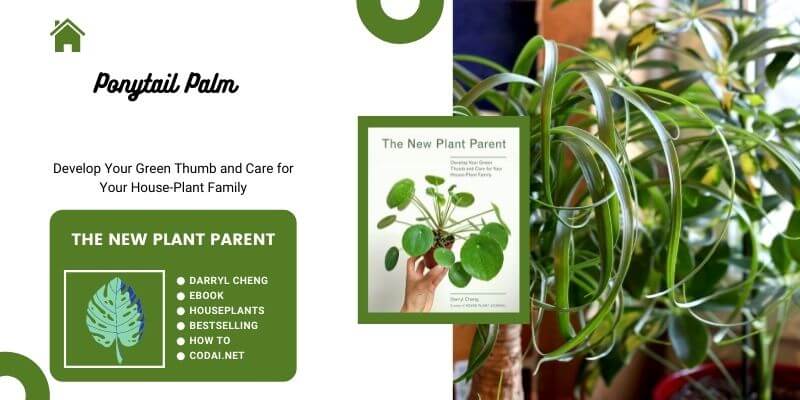[Ebook Việt Hóa] New Plant Parent - Darryl Cheng, Chi Beaucarnea
[Ebook Việt Hoá] New Plant Parent (Darryl Cheng) – Phần 02 – Ponytail Palm (Beaucarnea recurvata)
- Nguồn: [Ebook] New Plant Parent: Develop Your Green Thumb and Care for Your House-Plant Family – Darryl Cheng
- Biên tập: Dũng Cá Xinh (Tháng 01/2022)
- Dịch: Team Codai.net
English
Ponytail Palm
The most widely available species of the genus Beaucarnea is Beaucarnea recurvata, commonly called ponytail palm, with long leaves that sometimes resemble gently curled hair. Cultivators prune a young tree to a stump, which stimulates new stems to sprout, creating the look of a miniature palm tree.
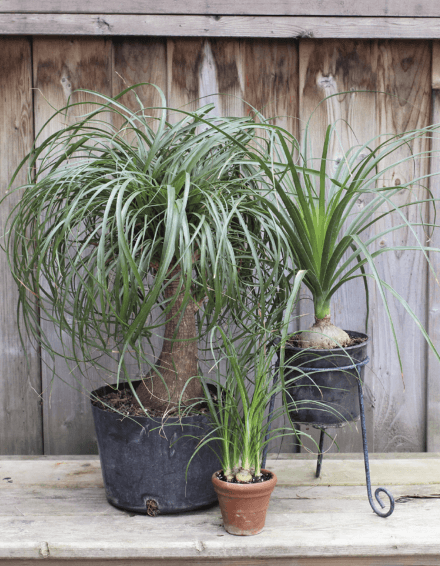
Survival strategy
If you want to use this plant purely for décor, it will stay acceptably nice with as low as 50 foot-candles. Once a month, you can drench the soil and leave it right up against a window for a week, so the plant can produce some carbohydrates before its low-light fasting time. For the rest of the time, the soil should be kept bone dry.
Growth strategy
At 200 foot-candles or more, the leaves will continue to get longer. With some sun, you may even see new sets of leaves sprouting from lower points on the trunk. Ponytail palms are usually potted in a fast-draining cactus mix—less peat moss, more coarse sand, and sometimes with some bark chips. Whenever the soil has been completely dry for a week or more, you can give it a thorough soaking. The correct potting mix will not hold too much moisture anyway, so don’t worry when soaking, as most of the water will drain away.
Subjective life span
A ponytail palm can last for many years, although the only growth you may notice is the elongation of its leaves. In a home environment, you’re not likely to see an increase in trunk girth—let the nursery take care of that before you purchase the plant.
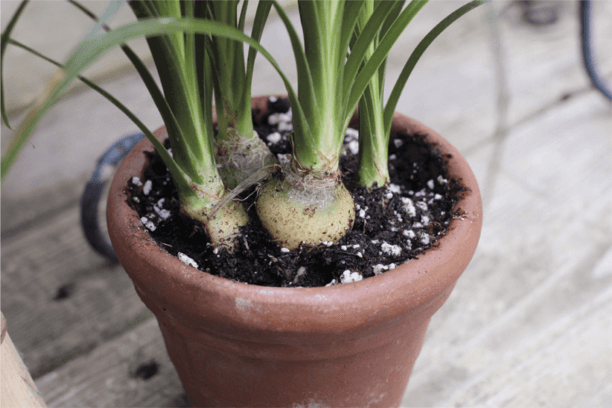
Observations from Ponytail Palm Parenthood
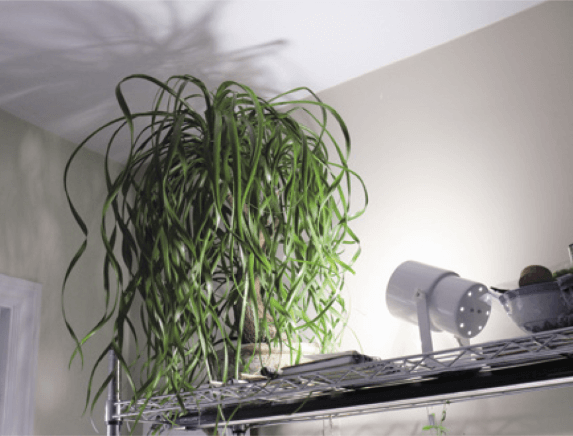
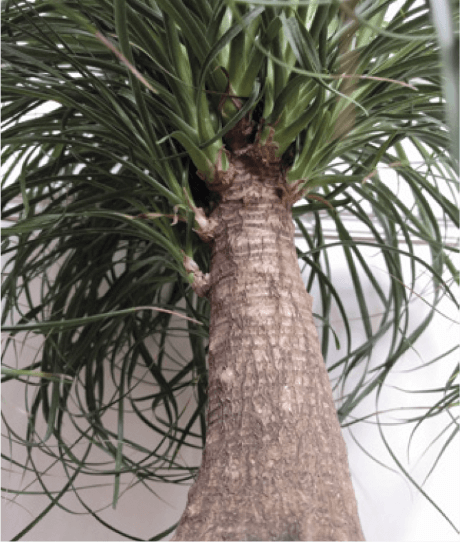
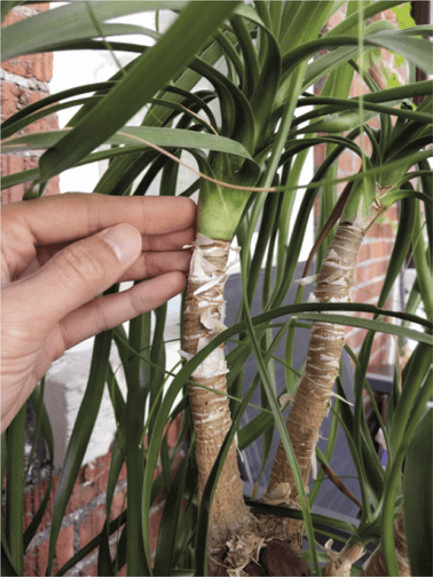
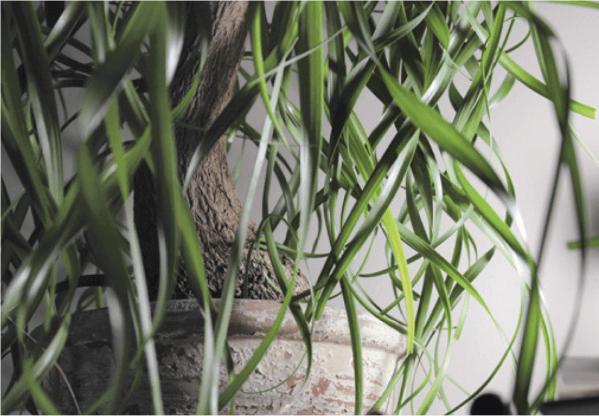
Tiếng Việt
Đang cập nhật
